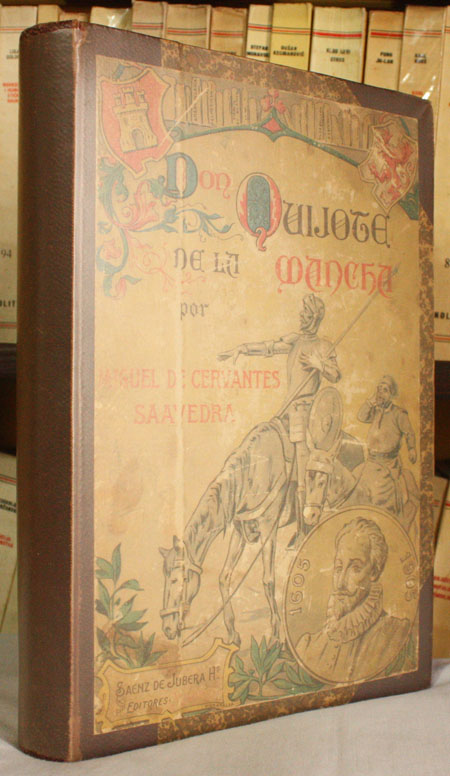

Cervantes’ great work reflects its author’s reservations about Spanish culture and values in an era of empire. The reign of Philip II was known for its oppression, the power and influence of the Tribunal, and the increased territorial expansion of the Spanish empire. In 1556 Charles V abdicated the throne, and Philip II was crowned king. The Tribunal also enforced a great degree of censorship, with, for example, its Indexes of prohibited books. The Tribunal persecuted Protestants (loosely defined as not orthodox Catholic), crypto-Jews, blasphemers, those suspected of witchcraft, those suspected of sodomy, and other suspect classes. An estimated 5,000 individuals were executed, while many more were tortured and/or jailed. It is not officially disbanded until 1834, though, at that point, its power and influence was substantially diminished.

Throughout the next two centuries, there were more fervent and less fervent periods of persecution and censorship. It was originally formed to protect Catholic orthodoxy in Spain. In 1478 the Tribunal of the Holy Office of the Inquisition was formed by Ferdinand and Isabel. Cervantes, born into a dominant and wealthy Spain, witnessed, throughout his lifetime, the decadence and decline of the Spanish state and the disillusionment of its people. By 1547, the year in which Cervantes is born, Charles V “reaches the zenith of his power” (Canavaggio 17), and the relatively young nation is the most powerful empire in the (Western) world. Ferdinand and Isabel’s son, Charles V, came to power in 1519. Finally, in that same year, the monarchs sponsored Christopher Columbus’s journey in which he discovered the New World and claimed the land for his Spanish patrons. They proclaimed their lands to be Christian lands in which all non-Christians were forced to covert or be expelled. In 1492, Ferdinand and Isabel defeated the last Muslim strong-hold in Spain, the kingdom of Granada. Their marriage brought together much of what is considered Spain in current geographical terms. In 1479, two of the Christian monarchs, Ferdinand and Isabel, wed. During the Reconquest, Christians, Muslims, and Jews, lived together on the Peninsula in relative peace. Shortly after, and for the next several hundred years, the Christian kingdoms in the north of Spain began to conquer Muslim land (this initiative is known as the Reconquest). In 711, Muslims from North Africa invaded much of the Spanish Peninsula. The Rise of Spain from the End of the Reconquest


Emblem of the Spanish Inquisition, 1571 (Wikimedia Commons)


 0 kommentar(er)
0 kommentar(er)
